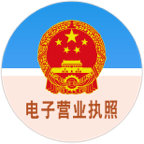NOTE:Click here for the Chinese version.
Xiaomi Ranks Among the Top Tier in China's IoT Ecosystem with Substantial Scale. I have personally purchased many cost-effective products from Xiaomi, and one of the products I plan to disassemble in this episode is the Smart Thermometer and Hygrometer. Priced at less than 50 RMB, it features an ultra-simple design, excellent aesthetics, and provides daily clock, calendar, and temperature/humidity display.??

My unit is the latest generation product. The front features a large 62.6 * 53.2 mm LCD screen with high screen-to-body ratio, making the displayed data easy to read. Let's proceed directly to the teardown to see the internal hardware solution.
??Teardown??
The disassembly is quite straightforward. The shell uses a screw-less design and can be opened simply by prying from the seams. Firstly, we see a CR2450规格 coin cell battery. This design also ensures easy battery replacement.
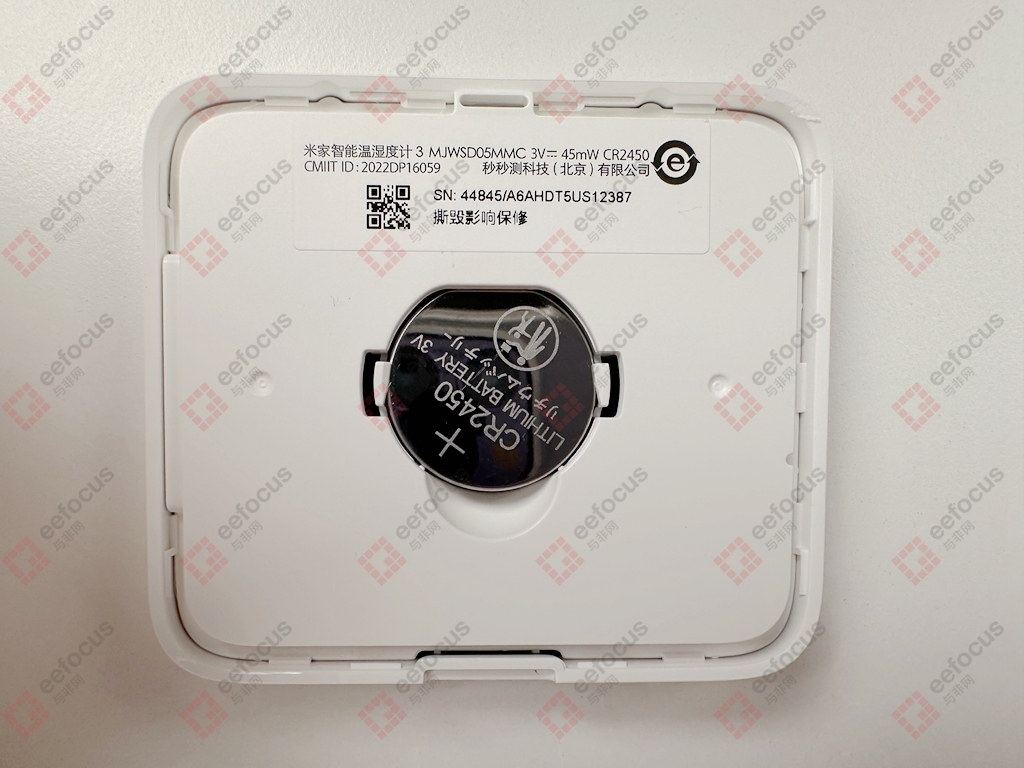
Continuing the disassembly, we can see the PCB mainboard. The PCB is fixed to the shell with 4 screws.
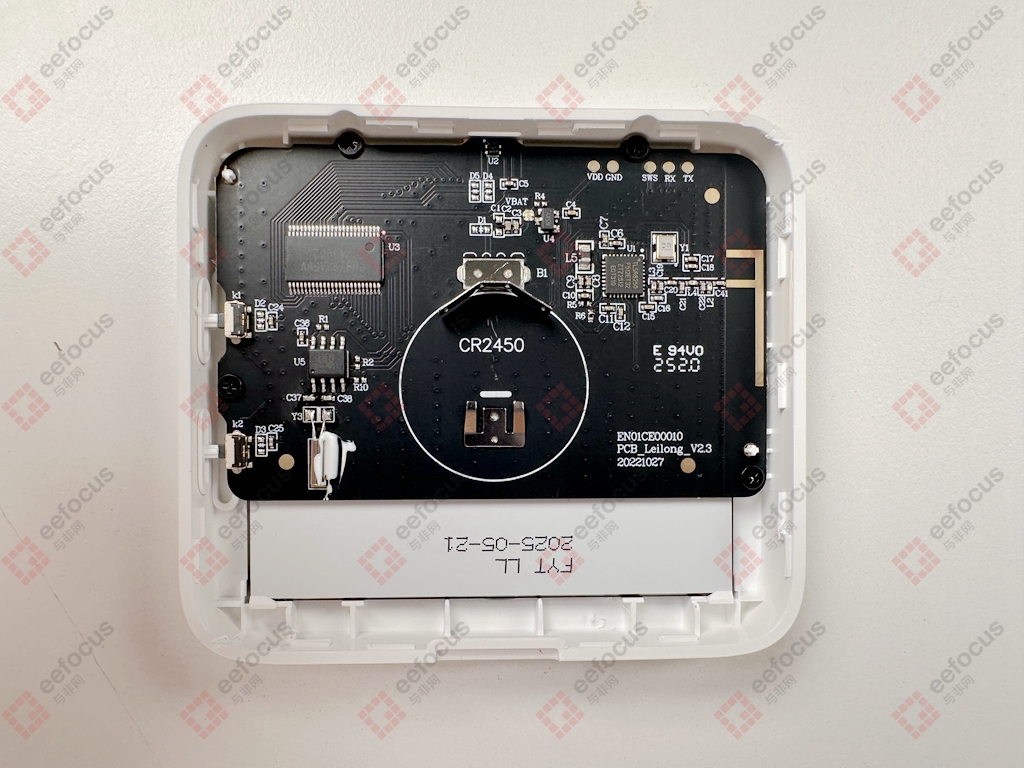
Why are screws used here for compression and fixation? After the complete teardown, it became clear. The screen uses a segment LCD display, not a soldered FPC cable. Therefore, without secure fastening, display issues could occur. Additionally, the product uses an LCD screen without a backlight to reduce power consumption. The drawback is that the screen data cannot be seen in low-light conditions.
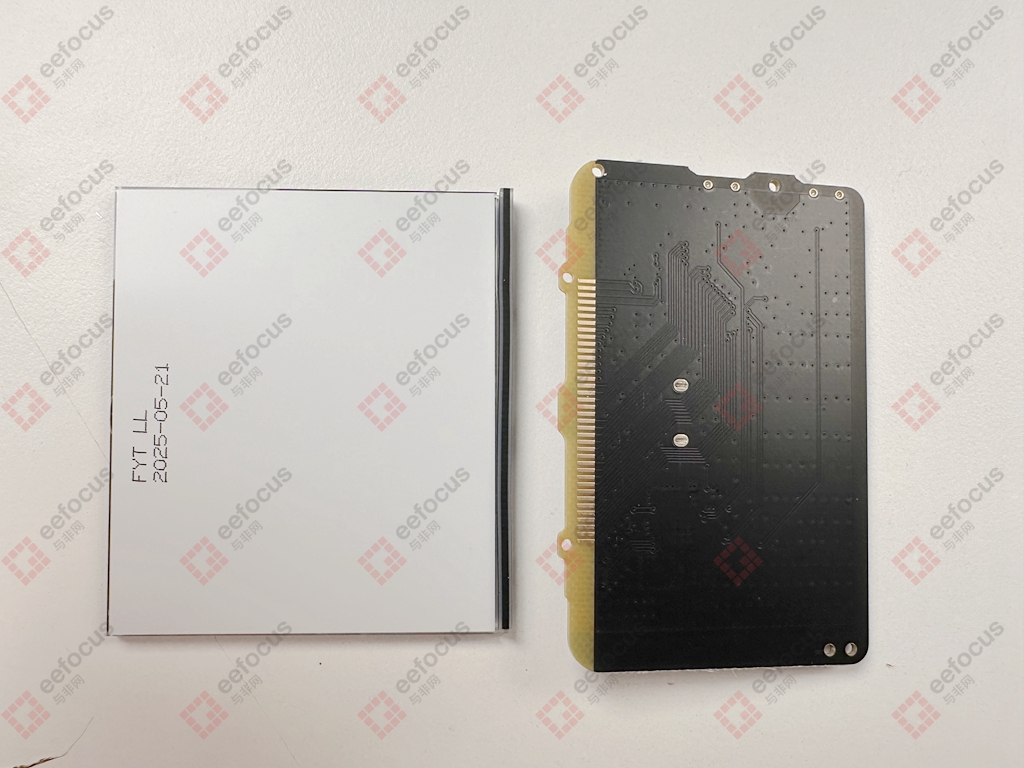
Now, let's look at the specific hardware on the PCB mainboard. First, we can see the LCD driver used is the ??ROHM?? segment LCD driver chip ??BU9792AFUV??.Secondly, the RTC chip used for displaying time and calendar is from ??Zhongke Galaxy Chip (GXChip)?? - model ??GX8563??. This is a digital clock/calendar chip with an I2C communication interface.
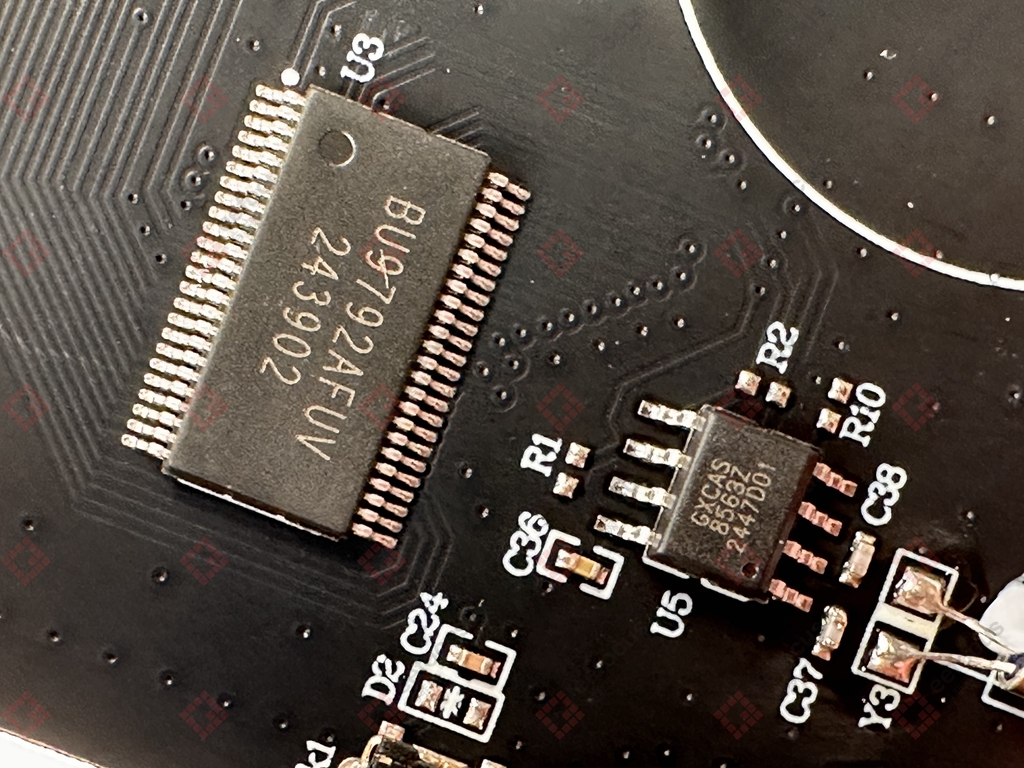
The most important electronic component on a thermometer/hygrometer is, of course, the temperature and humidity sensor, as its accuracy directly impacts the product experience. Based on the markings, the Xiaomi Smart Thermometer/Hygrometer 3 uses a ??Sensirion?? ??SHT4X?? series industrial-grade high-precision temperature and humidity sensor. It can achieve temperature fluctuations of 0.1°C and relative humidity changes of 1%, allowing for rapid and accurate monitoring of subtle variations.
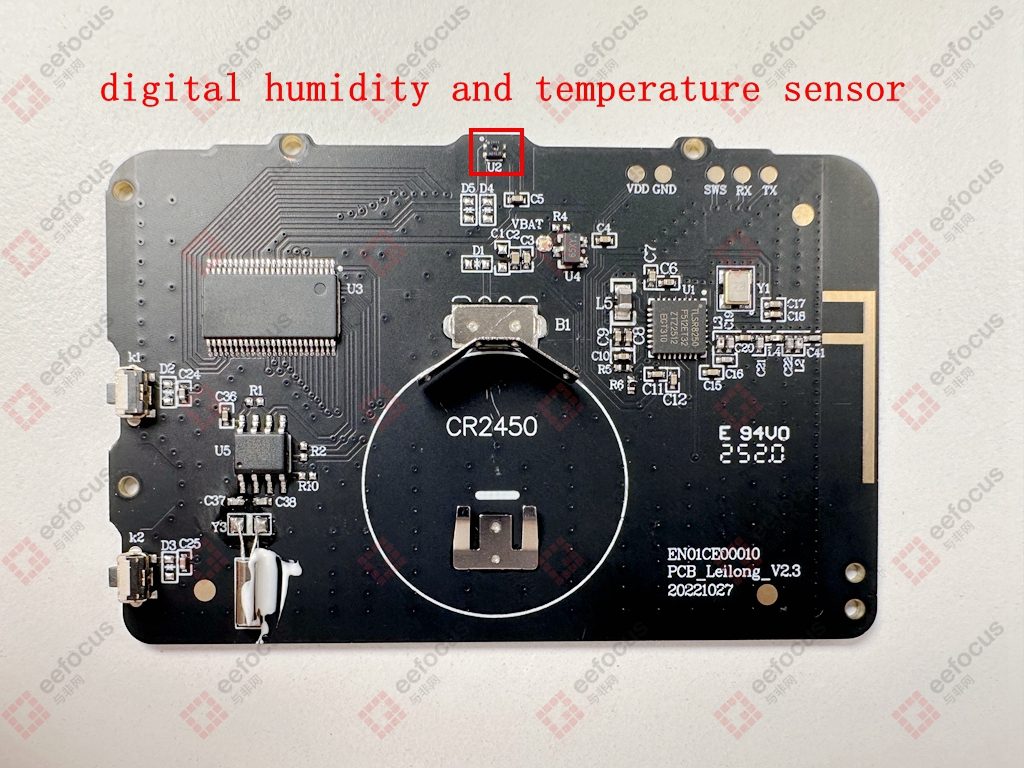
IoT devices require communication circuits, typically WiFi or Bluetooth. The Xiaomi Smart Thermometer/Hygrometer 3 uses a low-power Bluetooth solution: the ??Telink Semiconductor?? BLE SoC ??TLSR8250??, used for transmitting temperature and humidity data to a gateway or app.
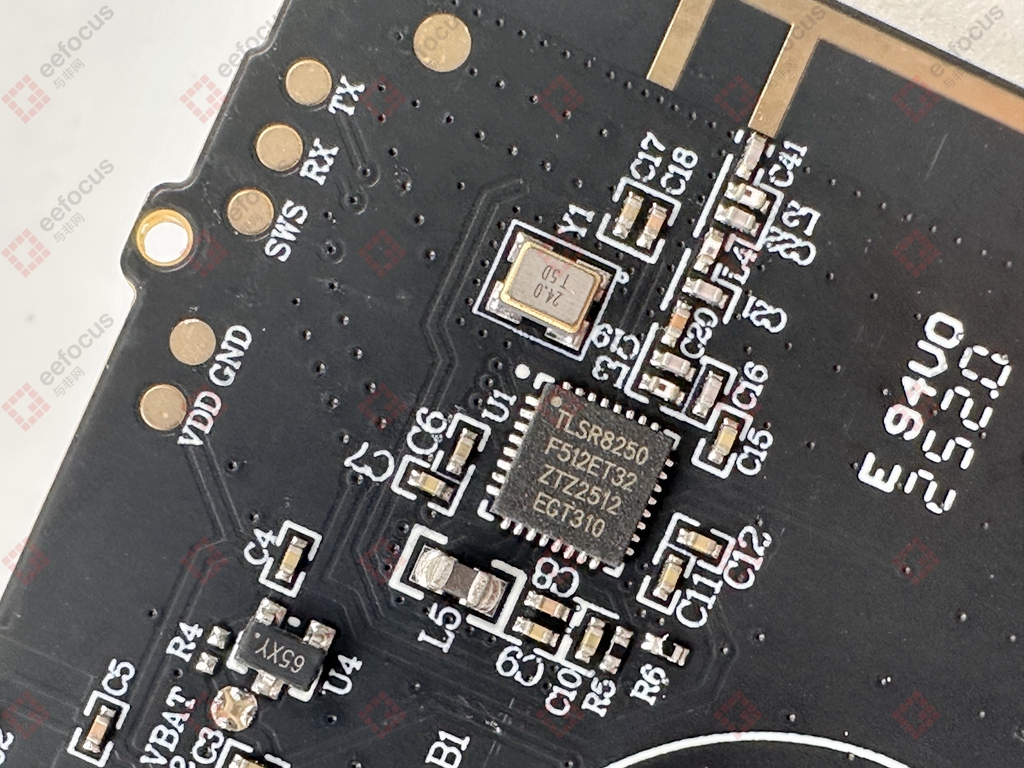
??Summary??
The hardware solution of the Xiaomi Smart Thermometer/Hygrometer 3 is a finely balanced product considering cost, performance, power consumption, and supply chain. It doesn't simply pile on high-end components everywhere. Instead, it uses reliable international brands for key parts (like the sensor) to ensure core functionality, experiments with domestic alternatives for secondary parts (like the RTC), and employs a BLE wireless solution from the domestic company ??Telink Semiconductor??. This pragmatic and efficient component selection strategy allows the product to achieve accurate measurements without compromising ultra-long battery life and smart connectivity. From an overall experience perspective, this is a representative entry-level sensor product within Xiaomi's smart ecosystem.
来源: 与非网,作者: 曹顺程,原文链接: /article/1907988.html
 芯耀
芯耀




 778
778









